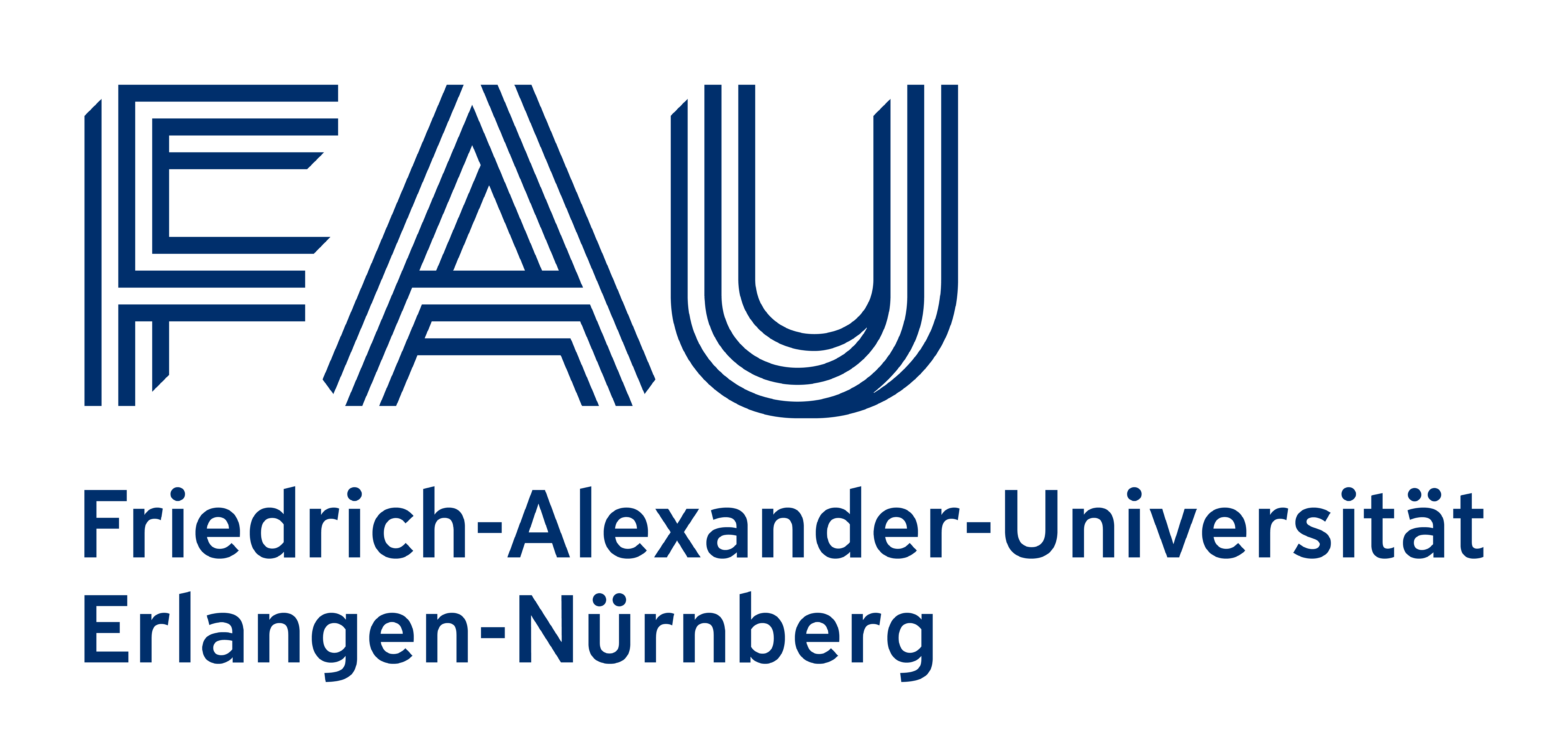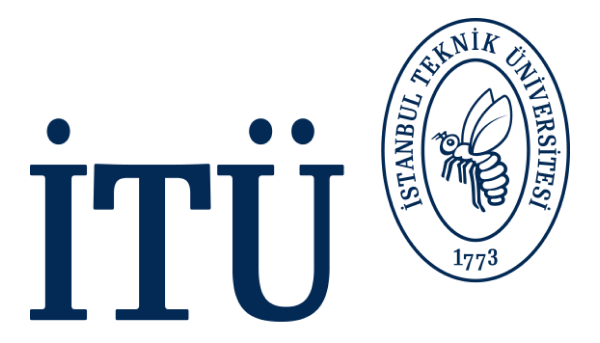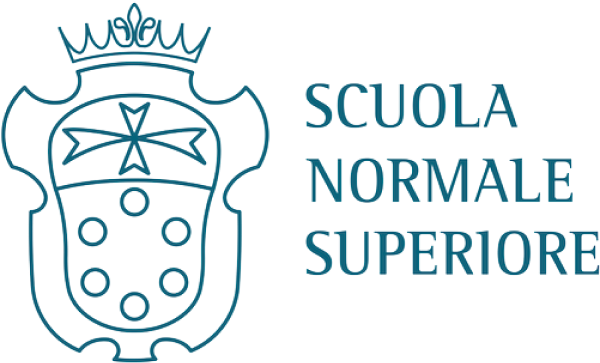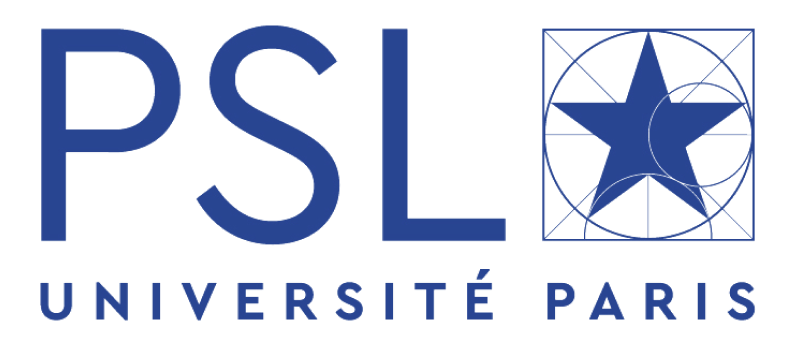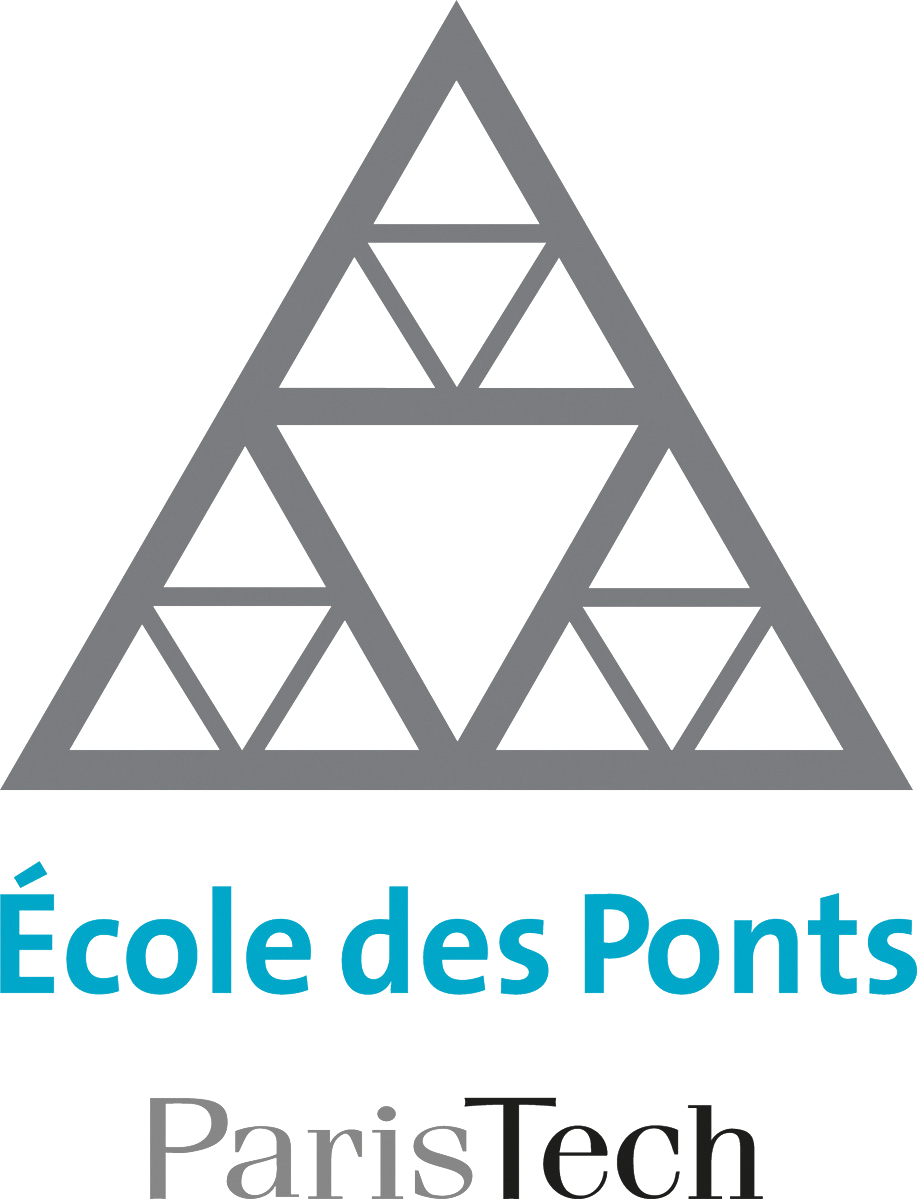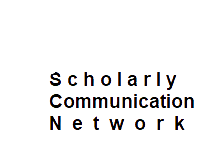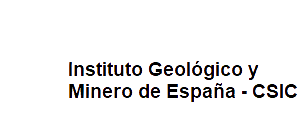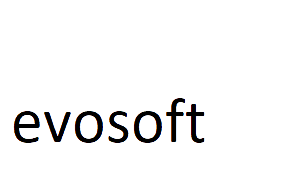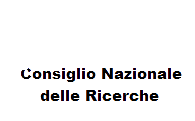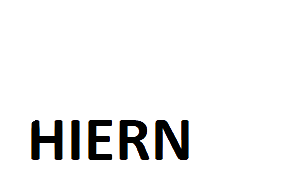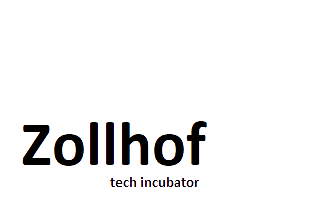EELISA Community
AI for Mediation Between Languages and Cultures
Our goal is to provide platforms for the young generation of inventors and technology experts to join forces with linguistic and cultural mediators to find solutions for a sustainable future where invention and technology in linguistic ...
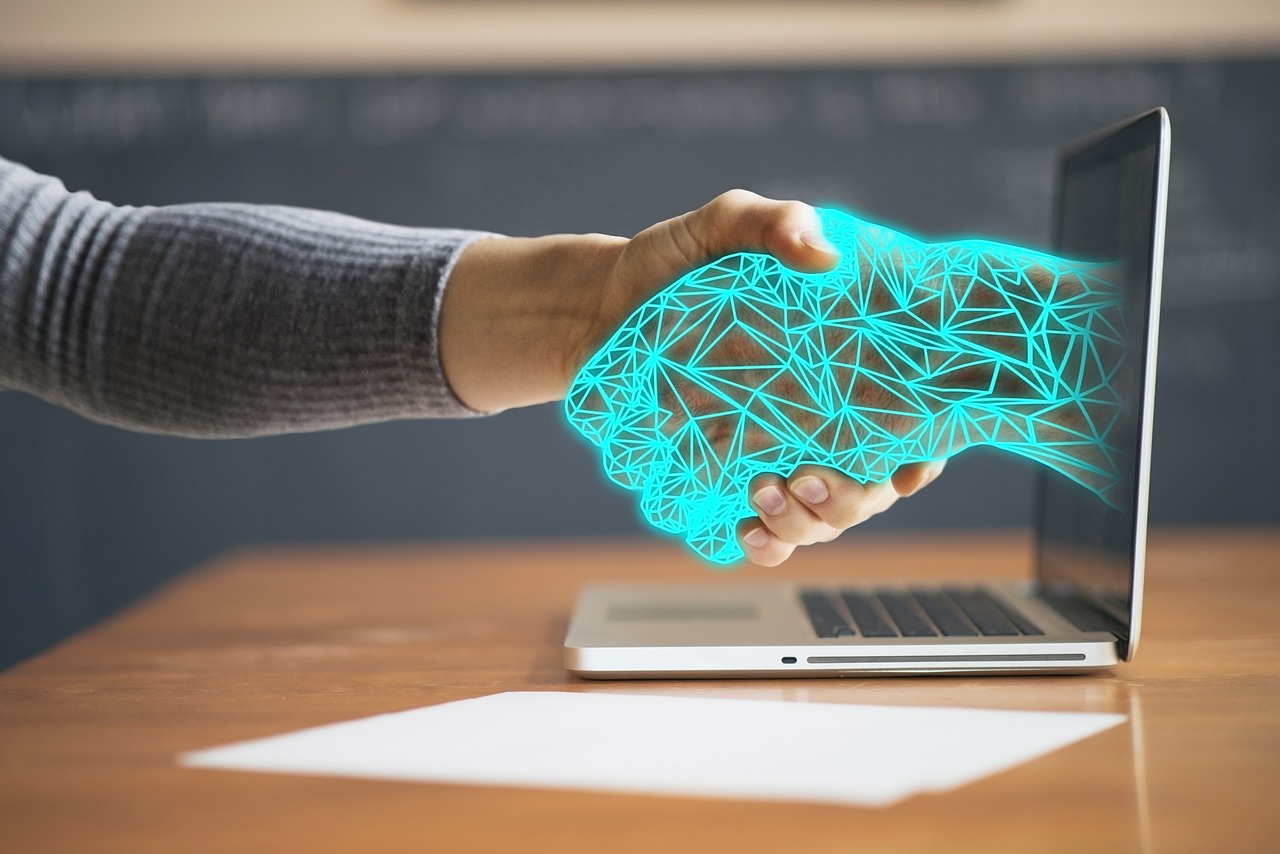
Mission
The community stands on the firm belief that modern technology, especially artificial intelligence, (AI) may enhance communication and interaction between people from different language backgrounds and cultures, but that it is also essential to maintain the importance of the human context. The future cannot ignore and must therefore apply innovation and technology in a way that it keeps the focus on how humans work with, fit into, and apply machine learning in linguistic and cultural mediation.
Mediation is defined here as a term encompassing both the act of translating and interpreting, and the transfer between both languages and cultures, and therefore it involves the various facets of the language industry, ranging from language teaching, language for specific purposes, subtitling and dubbing, localisation, development of language technology tools and linguistic consultancy, among others. It also includes intercultural communication, as T/I is seen as a form of mediation between cultures. This community therefore includes culturally embedded meaning systems and value-based behaviours when mediating between languages and cultures. Translators and interpreters transfer a constructed source meaning in its cultural context to a target audience that does not have the background knowledge of the original meaning and context.
The use of Natural Language Processing techniques, such as machine translation, term extraction and enrichment, or relation extraction in the workplace has been steadily increasing because it speeds up text production, reduces mental workload and supports faster task completion, which are all important factors in a competitive, margin-driven business environment. The use of DeepL, Google Translator, OpenAI, ChatGPT or more recently DeepSeek, to name but a few, has made the role of the translator or interpreter seemingly obsolete. However, international organisations report the need for humans in the loop not only in sensitive diplomatic or immigration-related situations, where the right to use one's mother tongue prevails, where ethical issues need to be considered and where data protection needs to be ensured, but also in sectors where data (and information) protection is key (e.g. pharmaceuticals, insurance, etc.) and where we cannot rely solely on machine-generated output. As mediation involves decisions on ethics, intellectual property and contextual ambiguity, machine translation and AI interpretation without a human element will continue to have serious limitations.
This community is set to combine the expertise of technology professionals and innovators on the one hand with the theoretical knowledge and practical skills of language professionals and intercultural communicators on the other hand to harness the benefits of AI while keeping humans in the loop.
Community Partner

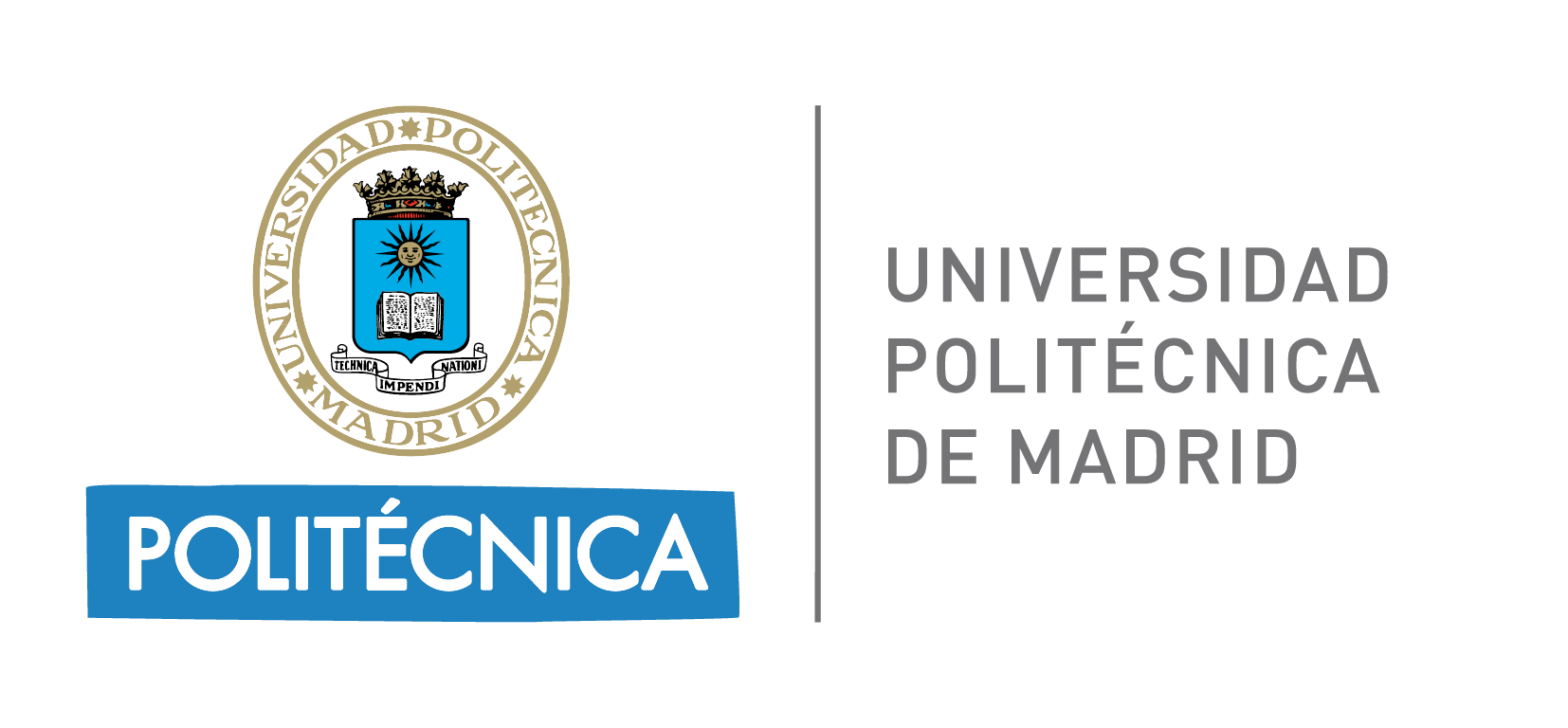
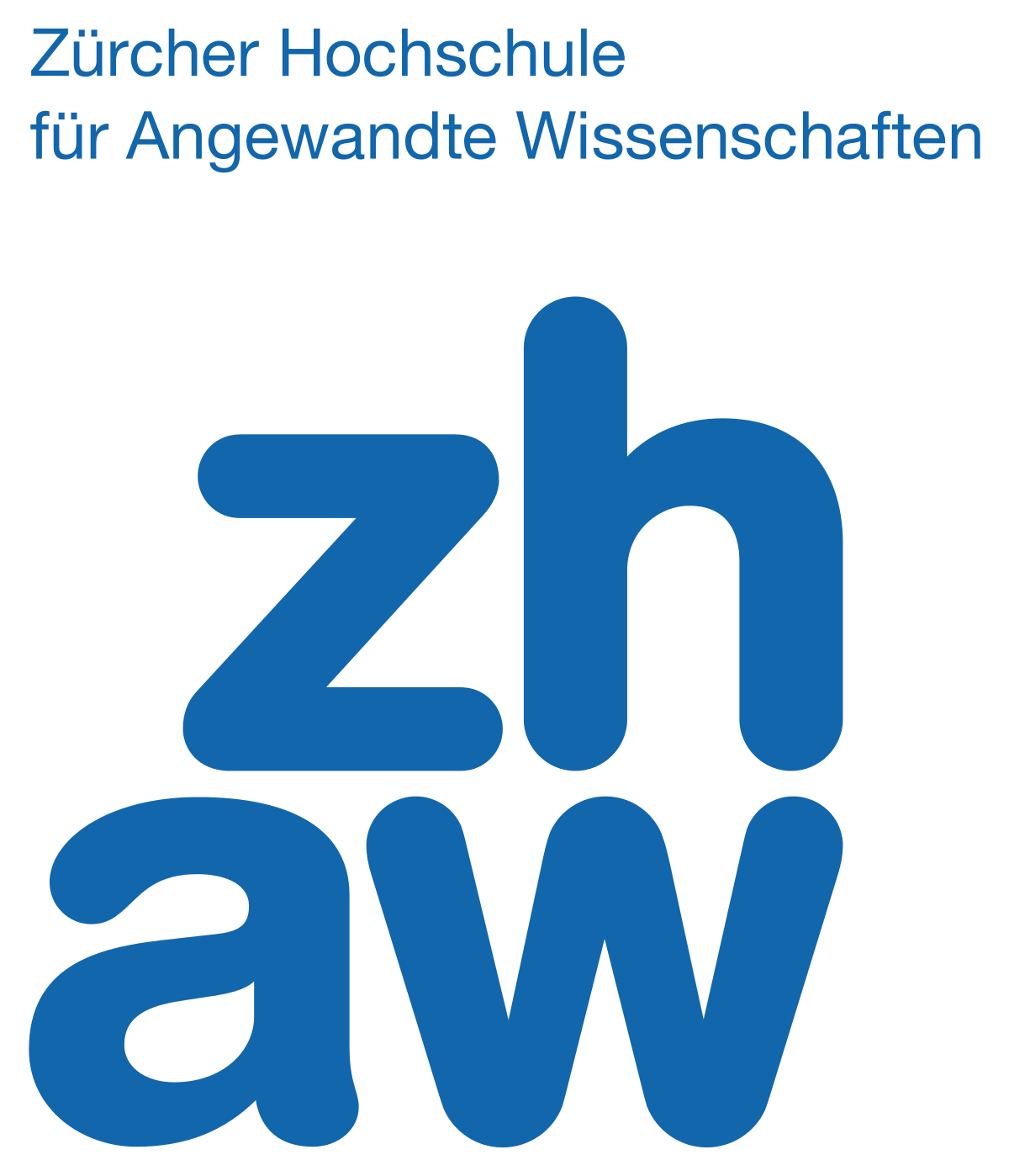

Join the AI for Mediation Between Languages and Cultures community
Get access to the community's activities and connect with its members!


